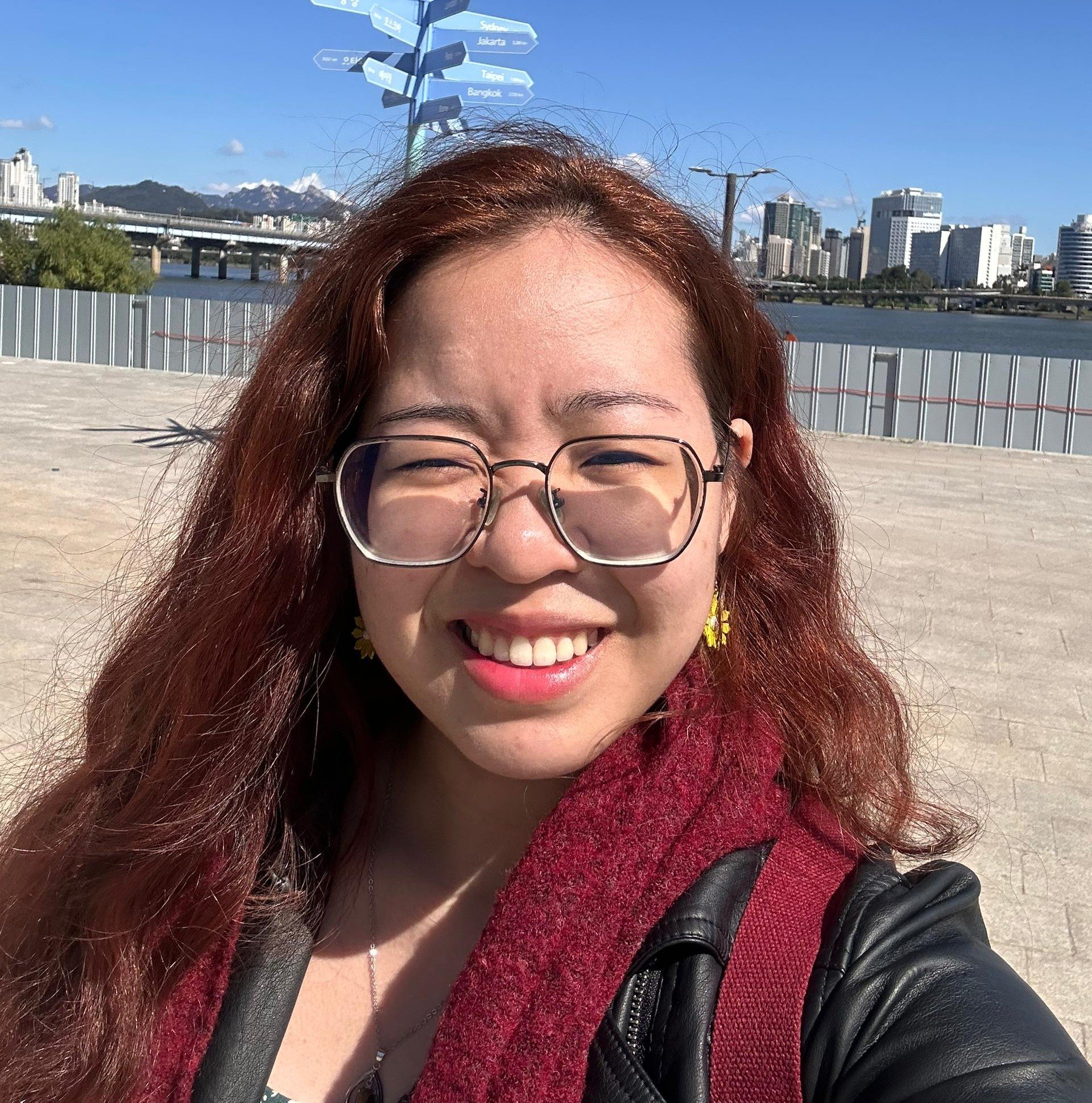
Editor
Celine Low chevron_right
At the Smart City Expo Kuala Lumpur 2025 (SCEKL25), Huawei Malaysia highlighted a bold vision for urban development. The company believes that to build the cities of the future, we need to move beyond simple "smart" technology and create what it calls "cognitive cities." This next stage of digital urban development will be powered by three key pillars: digital twins, artificial intelligence (AI), and robust data governance. Huawei aims to support Malaysia with solutions for everything from national-level traffic management to emergency services and flood response, helping cities to "sense, think, and evolve."
Building a Digital Twin of an Entire City
For years, digital twins have been used to create virtual models of complex objects, like a jet engine. But now, it's possible to build a digital replica of an entire city. As Nicholas Yong, a government sector expert from Huawei, explained, every streetlight, power station, and manhole cover can be monitored with a sensor and incorporated into a giant digital replica. This virtual city, or "digital twin," is a living model powered by real-time data, analytics, and AI.
This technology enables city planners to manage urban life more efficiently. By using the digital twin, they can predict outcomes, model different scenarios, and implement data-driven strategies to enhance services, manage resources, and improve infrastructure. It’s about making urban management more proactive and less reactive.
According to Nicholas Yong, AI empowers urban life to be more sustainable, personalised, and inclusive. Huawei's pavilion at SCEKL25 showcased how this works in practice, with a variety of solutions including Intelligent Traffic Management, Flood Management, Smart Healthcare, and Smart Education. All of these systems generate the critical data needed to complete the final piece of the smart city puzzle: an Intelligent Operation Command Centre.
This central platform serves as the city's brain, providing a unified view of all urban operations. It can be scaled up to form the foundation for a national command centre, helping federal authorities make quick, data-driven decisions.

Nadim Abdulrahim, a global expert from HUAWEI, emphasised that a city's data is its most critical asset. He stressed that without proper data governance, smart city initiatives could become messy and insecure. The success of a smart city relies on a strong foundation of data management, AI, and a cost-effective network to collect all that information.
As more and more people use AI, it's crucial for countries to have control over their own digital assets, like data centres and networks, ensuring data is used correctly and keeps the city's digital systems resilient and secure.
At the expo, HUAWEI showcased how these ideas work in practice with demonstrations of specific solutions.
Stay updated with ProductNation on here, Instagram & TikTok as well.
Read more news on ProductNation:
